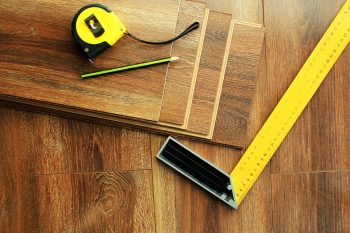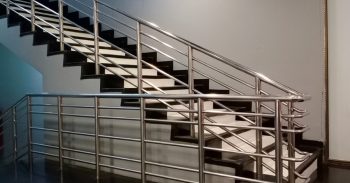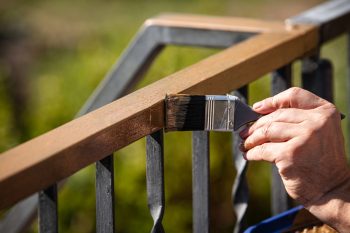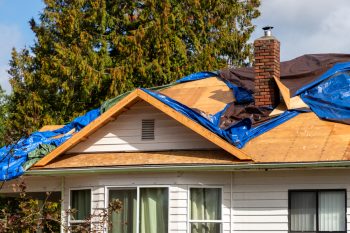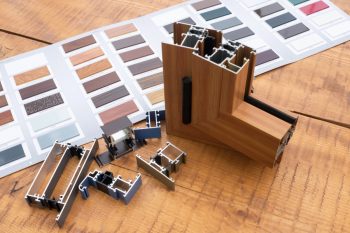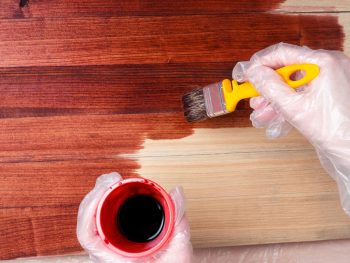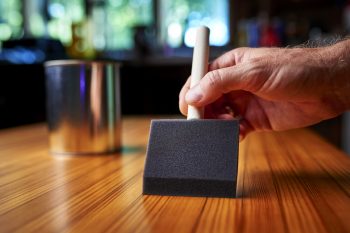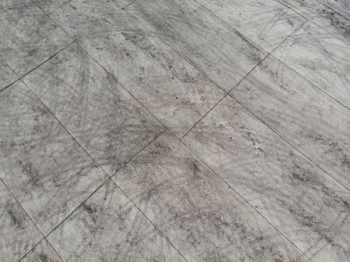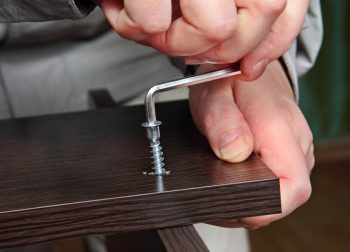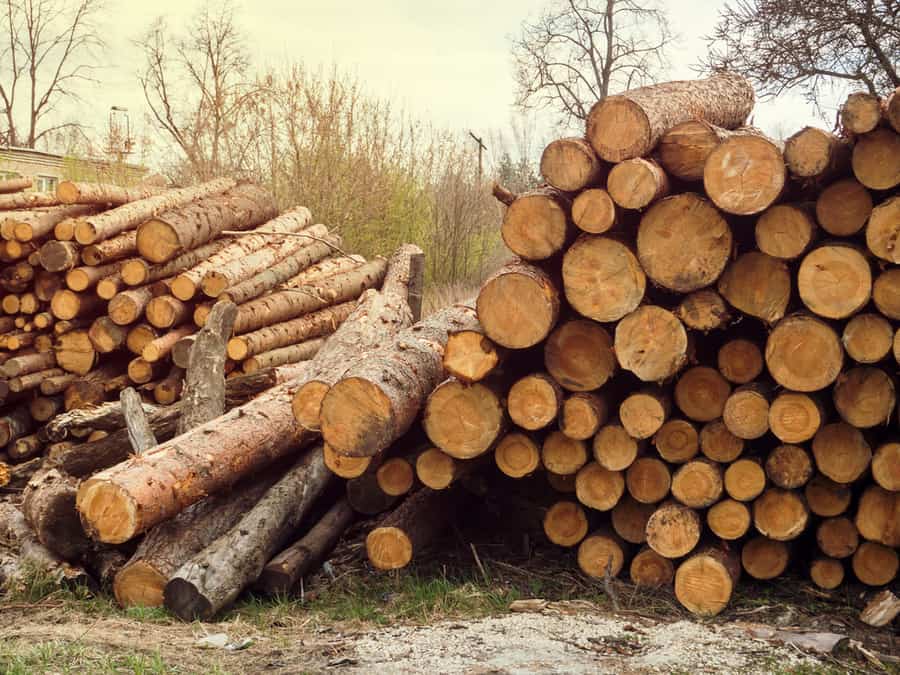
Hardwood is a great flooring option when it comes to enhancing the beauty of your home. However, they are prone to cracks which can tarnish their look.
If your hardware floor has cracked, it could be due to less humidity in the atmosphere or low temperatures in the winter season. To fix the cracked hardwood floor, fill the gap in the crack without applying pressure using an epoxy filler.
It can be a little challenging to find out why cracks have appeared on your hardwood flooring, so we have written a complete guide on diagnosing the cause and fixing it quickly.
Why Has My Hardwood Floor Cracked?
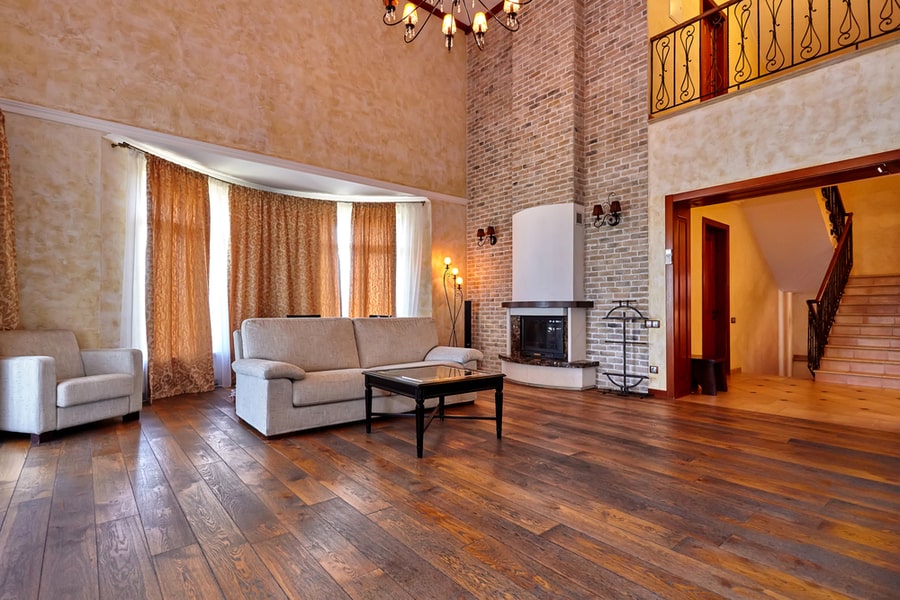
Hardwood is a product of nature, so it is susceptible to environmental changes. For example, the temperature and humidity can vary with different seasons, causing your hardwood flooring to expand and contract naturally.
On the other hand, additional factors like your home’s heating system or open fire can further reduce the humidity levels.
These changes don’t usually result in significant problems. Most of the time, the cracks in hardwood floors due to low humidity or temperatures get fixed by themselves as the wood expands in warmer weather again.
However, the wood may eventually develop a tiny hairline crack if the same weather conditions persist. It can then grow bigger over time and become more susceptible to splintering.
In such cases, there are some ways you can deal with the cracks before they cause more damage to your hardwood floor if left untreated.
Fixing Hardwood Floor Cracks
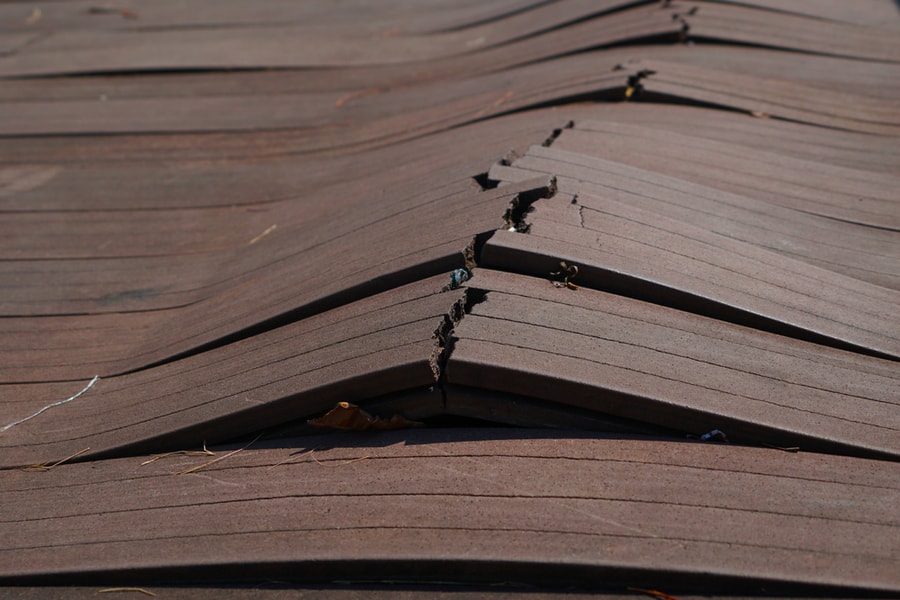
Regarding hardwood flooring, you cannot remove a single board with a crack, fill it with glue, and clamp it in a vise, as you do with other types of furniture. Instead, you will need to fill the gap in the crack without applying any pressure.
The best solution is epoxy filler, which creates a solid bond between the two pieces of wood. Instead of simply filling the gap, it attaches to the substance, preventing the crack from escalating.
Get the epoxy color closest to your hardwood flooring for a seamless finish.
To do this, wear your safety gloves and follow the package instructions to create the epoxy mixture. Next, mask off the region around the crack you don’t want in contact with the epoxy using painter’s tape, and only expose the area with the crack.
Now, fill the crack with the epoxy mixture using a putty knife and level it evenly. You can also comb through the mix in the direction of the wood grain to add a little texture. Let the epoxy cure for a little while.
After mixing the epoxy, you’ll typically have twenty minutes to work with it before it dries out.
Finally, use some sandpaper to sand the area as needed, not harming the wood around the crack. Remove the tape, and that’s all you need to do.
You can also raise the humidity levels in your house using a humidifier to fix the cracks naturally.
Conclusion
To summarize, we have discussed why your hardwood floor has cracked. Additionally, we have discussed fixing your hardwood floor by filling in the cracks with epoxy filler.
We hope we’ve answered your question in this article and your concerns about your hardwood floor have diminished.
Frequently Asked Questions
Can I Mop on Hardwood Floors?
Mopping hardwood floors is okay if you wring most of the moisture out of the mop so it’s only damp and not sopping wet.
What Is the Lifespan of Hardwood Floors?
If installed correctly, hardwood flooring can last up to 100 years. However, the glossy shine of the original wood flooring will tarnish throughout its existence, and you’ll see fading in about 25 years.
What Not To Put On Hardwood Floors?
Avoid using abrasive cleaners, direct ammonia, or alkaline chemicals, as they tarnish or damage the finish. It is also not advisable to use vinegar, water, or lemon juice to clean hardwood floors.
How Do I Make My Hardwood Floors Shine?
Using a wood shiner on your hardwood floor once every 2-4 months will ensure that it retains its shine for the longest time.
Is It Cheaper To Repair or Replace Hardwood Floors?
Generally, refinishing or repairing your hardwood floors will always be less expensive than replacing them.
This is because replacing them requires purchasing extra wood, paying for the installation, and paying labor costs to remove the old hardwood.
